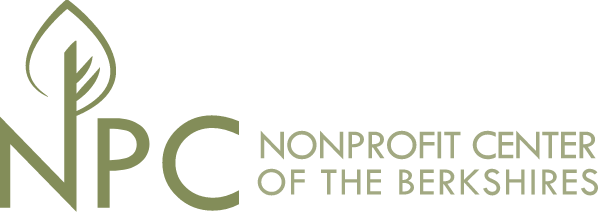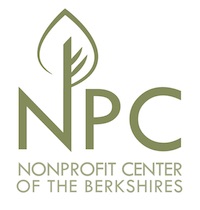13 Jul 3 WAYS TO NAVIGATE YOUR BIAS: A CLOSER LOOK AT “COLORBLINDNESS”
A CLOSER LOOK AT “COLORBLINDNESS”

We all have bias. We all have preferences that are a result of our cultural context. We cannot fight against this fact, but we can take responsibility for navigating the outcomes of our biased behavior.
First, I want to name a byproduct of the bias of generational liberalism—the sleepiness that folks are trying to “wake up” from after our intentionally vague, biased history lessons and this imagined post-racial society we occupy—Colorblindness. In my trainings, I demonstrate that Colorblindness gets us only halfway to being proficient in navigating across culture and difference in a meaningful way. I teach how treating each individual, student, or employee “the same” often results in negative outcomes (early departure, isolation, discrimination, etc). Reverend Dr. Martin Luther King Jr. implored us to make decisions about a person based on their character, not their skin color. However, he did not ask us to turn a blind eye on systemic inequities or the privileges or barriers that social identities afford us.
Here are three ways to navigate your own bias:
1. Work alongside a diverse group of people on change and equity projects
If equity and social justice is the “what” we’re after, the “how” is about creating a shared, trusting, and dynamic process towards transformation and organizational change. I’ve written about working alongside versus “welcome in.” You have to prepare your team to truly integrate an “other” by embracing the needs, values, and the value the person and their perspectives bring. Identify your values and culture and then sit next to someone, not across from someone (as Brené Brown suggests in Dare to Lead), to learn about their values and culture. Together you can re-imagine a future based on values and outcomes that you both share.
2. Acknowledge your bias in creating trusting work relationships.
An initial test will be noticing how you quickly you can gain someone’s trust, give a person trust, or expect trust. Why, for example, might you expect to be trusted without necessarily doing any work to demonstrate trustworthiness? If and when your blind spots in this area are pointed out, lean in with curiosity rather than defensiveness. After pausing and self-reflecting, think about what your blind spots reveal to you about how you interact with others of different lived experiences than you and what you might intentionally shift.
3. Actively counteract cultural and historical bias.
Microaffirmations are small moments that affirm someone’s presence or identity over another’s and are often invisible to the privileged eye. When we walk in to a country club or five star restaurant, there is a history, a decor, and a particular patronage. We must acknowledge exclusive cultural and historical bias in our country and work with it rather than pretend it doesn’t exist. Let’s create microaffirmations that welcome individuals to our workplaces, schools and county overall who—for reasons of class, gender, religion, country of origin or race—would ordinarily have more disparate experiences. Let’s affirm that everyone is valued in our workplaces and communities at all times, in big and small ways.
Ultimately, navigating bias comes down to making new choices in terms of visible, practical behaviors. Ask. Listen. Work alongside.
Gwendolyn VanSant is a well-recognized thought leader in diversity leadership and community organizing for racial justice. She is the CEO & Founding Director of BRIDGE, a frequent speaker, and a longtime activist. Gwendolyn is currently the Vice Chair of the Great Barrington W. E. B. Du Bois Legacy Committee. She has founded several initiatives based on the principles of equity and justice, the inherent dignity and worth of individuals, and our interconnected web of humanity. She serves on the board of Women’s Fund of Western Massachusetts.
Interested in learning more?
Join Gwendolyn for a Bias Training on July 25th and/or August 1st.



